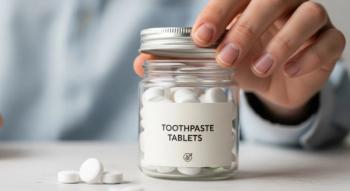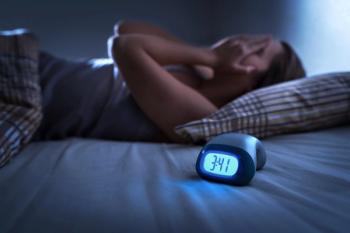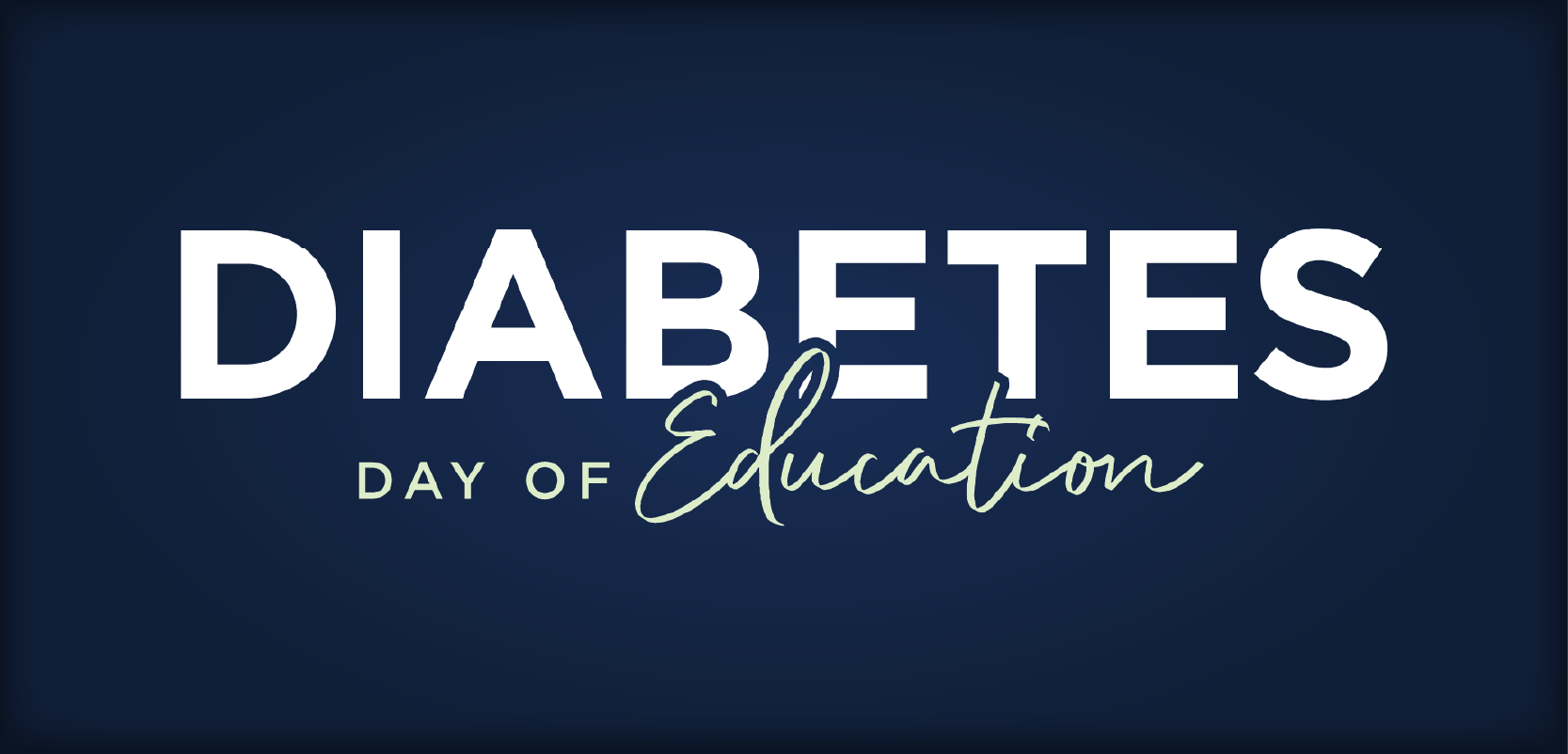
Study: Blood Sugar Control is Worsening Among Americans With Diabetes
Researchers noted decreases in control of blood pressure as well as non¬–high-density lipoprotein cholesterol, both of which are risk factors for diabetes.
New research has found that the percentage of American adults with diabetes who achieved glycemic control worsened between 2007 and 2010, and again between 2015 and 2018, according to Johns Hopkins Bloomberg School of Public Health.
These findings emphasize the ongoing challenges of controlling diabetes, which the study authors said is one of the most prevalent health conditions. The team used data from an annual government-sponsored health study to evaluate trends in blood sugar control among adults with diabetes, as well as blood pressure and cholesterol control.
Type 2 diabetes is the most common form of the disease and is strongly related to diet and lifestyle factors. It impacts more than 13% of the adult population in the United States and increases the risks for other serious diseases, especially cardiovascular disease, according to the study. The traditional approaches to diabetes care are to reduce chronic high blood sugar, to keep blood pressure below hypertensive levels, and to control cholesterol.
According to the study, the proportion of adults with glycemic control improved between 1999 and 2007, but then dropped from 57.4% to 50.5% between 2007 and 2018. The study authors also observed a decrease in the proportion of people achieving blood pressure control, whereas the proportion achieving cholesterol control leveled off.
“These are concerning findings,” said senior author Elizabeth Selvin, PhD, MPH, a professor in the Bloomberg School’s Department of Epidemiology, in the press release. “There has been a real decline in glycemic control from a decade ago, and overall, only a small proportion of people with diabetes are simultaneously meeting the key goals of glycemic control, blood pressure control, and control of high cholesterol.”
For their study, the investigators had access to data that included interviews and clinical exams of approximately 5000 people across the country. The sample consisted of 6653 participants in the surveys from 1999 to 2018 who were at least 20 years of age, not pregnant, and reported having been diagnosed with diabetes outside of pregnancy.
Between 1999 and 2010, the percentage of respondents achieving glycemic control, defined as HbA1c levels below 7.0%, rose from 44% to 57.4%. That percentage then decreased sharply between 2015 and 2018. Similarly, the percentage achieving blood pressure control increased steadily from 64% between 1999 and 2002 to 74.2% between 2011 and 2014, then dropped to 70.4% between 2015 and 2018.
Finally, the percentage of people with diabetes who controlled non–high-density lipoprotein (non-HDL) cholesterol rose from 25.3% between 1999 and 2002 to 52.3% between 2007 and 2010, but then reached only 55.7% between 2015 and 2018. The proportion of people achieving control of all 3 risk factors rose from 9% between 1999 and 2002 to 24.9% between 2007 and 2010, then slipped to 22.2% between 2015 and 2018.
“These trends are a wake-up call, since they mean that millions of Americans with diabetes are at higher risk for major complications,” said lead study author Michael Fang, PhD, a postdoctoral fellow at the Bloomberg School, in the press release. “Our study suggests that worsening control of diabetes may already be having a detrimental effect at the national level.”
Furthermore, the findings suggest that something changed since 2010 to slow progress in controlling these risk factors for diabetes. In the press release, Selvin said 2 large clinical trials published in 2008 may suggest a reason for this slowed progress. The trials found that intensive lowering of HbA1c to very low levels did not show the cardiovascular benefits that people had hoped for, and some trial participants saw increased risks of hypoglycemia.
“As a result of these trials, what we may be seeing is that doctors of people with diabetes may have backed off a bit on glycemic control, with potentially damaging results,” Selvin said in the press release.
She noted that since those results were published in 2008, many new and improved diabetes drugs have entered the market, allowing HbA1c to be lowered without causing hypoglycemia.
REFERENCE
Major Study of Diabetes Trends Shows Americans’ Blood Sugar Control is Getting Worse [news release]. Johns Hopkins Bloomberg School of Public Health. June 9, 2021. Accessed June 22, 2021.
Newsletter
Stay informed on drug updates, treatment guidelines, and pharmacy practice trends—subscribe to Pharmacy Times for weekly clinical insights.



















































































































































































































